- Home
- News
- Research
- Industry
- Opinion
- Features
- Culture
- Careers
- Podcasts
- Webinars
-
Collections
- Back to parent navigation item
- Collections
- 2025 in review
- Women's health
- Solutions for India's sustainability challenge
- The future of analytical chemistry
- Chemistry of the brain
- Water and the environment
- Chemical bonding
- Antimicrobial resistance
- Energy storage and batteries
- AI and automation
- Sustainability
- Research culture
- Nobel prize
- Food science and cookery
- Plastics and polymers
- Periodic table
- Coronavirus
- Members
Related video
Richard Henderson: ‘I rejected the phone call, and then noticed it was from Sweden…’
2019-10-03T10:34:00+01:00
The 2017 Nobel laureate talks to Chemistry World about cryo-EM and ‘rudely’ stepping out of a meeting to return the call from Stockholm
Related articles
-

-
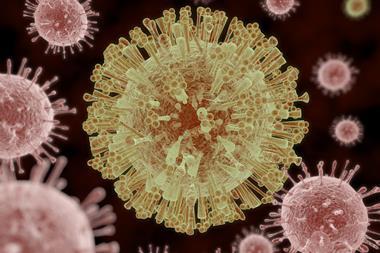
-
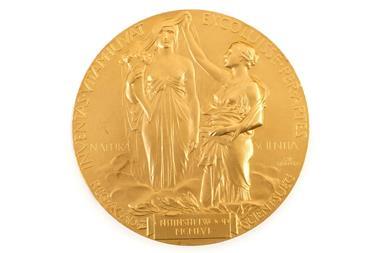 News
NewsHinshelwood’s 1956 chemistry Nobel prize medal to be auctioned
2017-11-03T09:13:00Z
By Emma Stoye
-
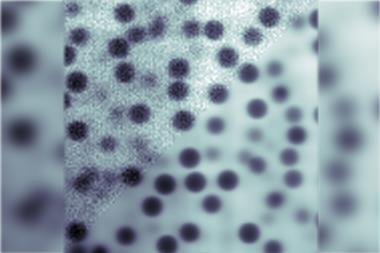 Research
ResearchComputer reconstruction gives microscopy 100-fold precision boost
2017-10-17T14:14:00Z
By Andy Extance
-
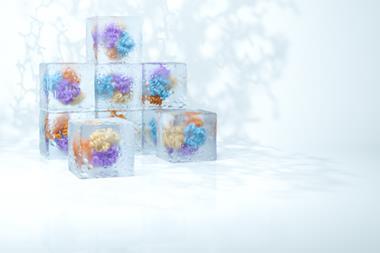
-

Latest videos
-
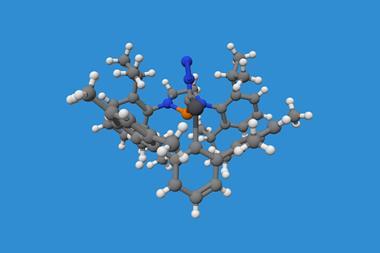 Research
Research‘Plumbyne’ compound featuring multiple carbon–lead bonds synthesised
2025-11-27T14:32:00Z
By Mason Wakley
-
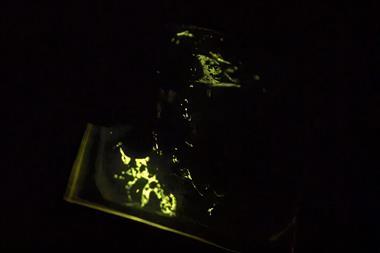
-
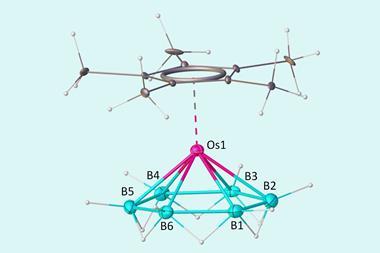
-
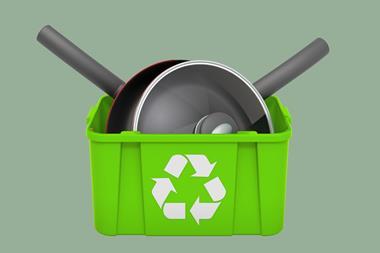 Research
ResearchMechanochemical upcycling of Teflon creates valuable fluorinated molecules
2025-11-03T10:01:00Z
By Mason Wakley
-
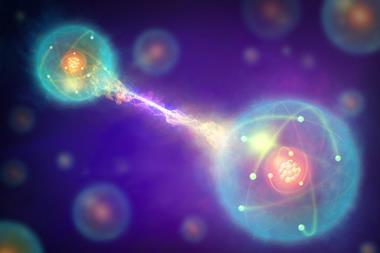
-

More Features
-
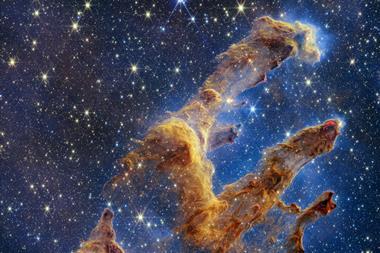
-

-
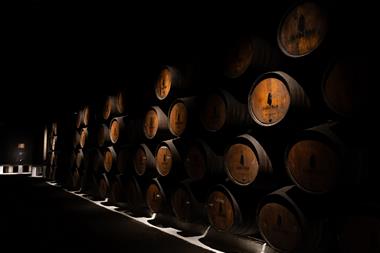
-
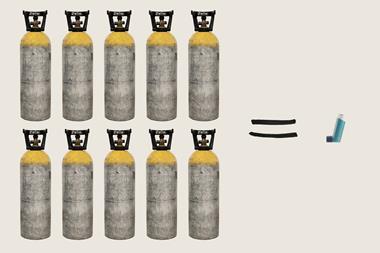 Feature
FeatureOne medical inhaler can have the impact of 30kg of carbon dioxide
2025-11-17T09:23:00Z
By Andy Extance
-
 Feature
FeatureNitrous oxide emissions accelerate as agriculture drives climate threat
2025-11-10T12:14:00Z
By Anthony King
-
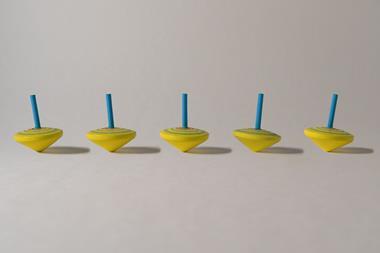
- This website collects cookies to deliver a better user experience. See how this site uses cookies.
- This website collects cookies to deliver a better user experience. Do not sell my personal data.
- Este site coleta cookies para oferecer uma melhor experiência ao usuário. Veja como este site usa cookies.
Site powered by Webvision Cloud
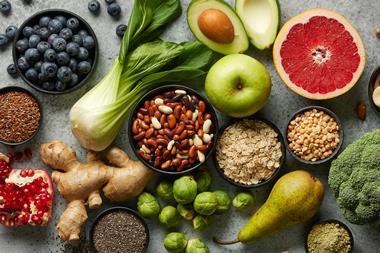
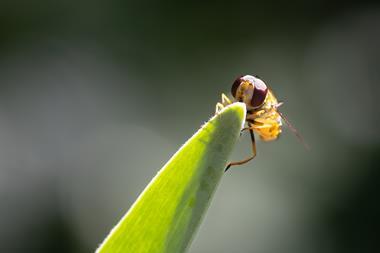
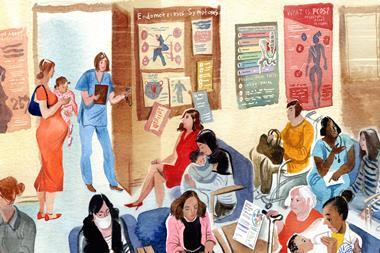
No comments yet